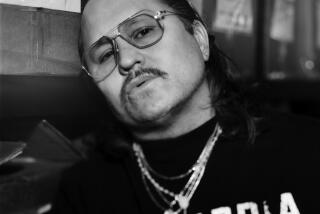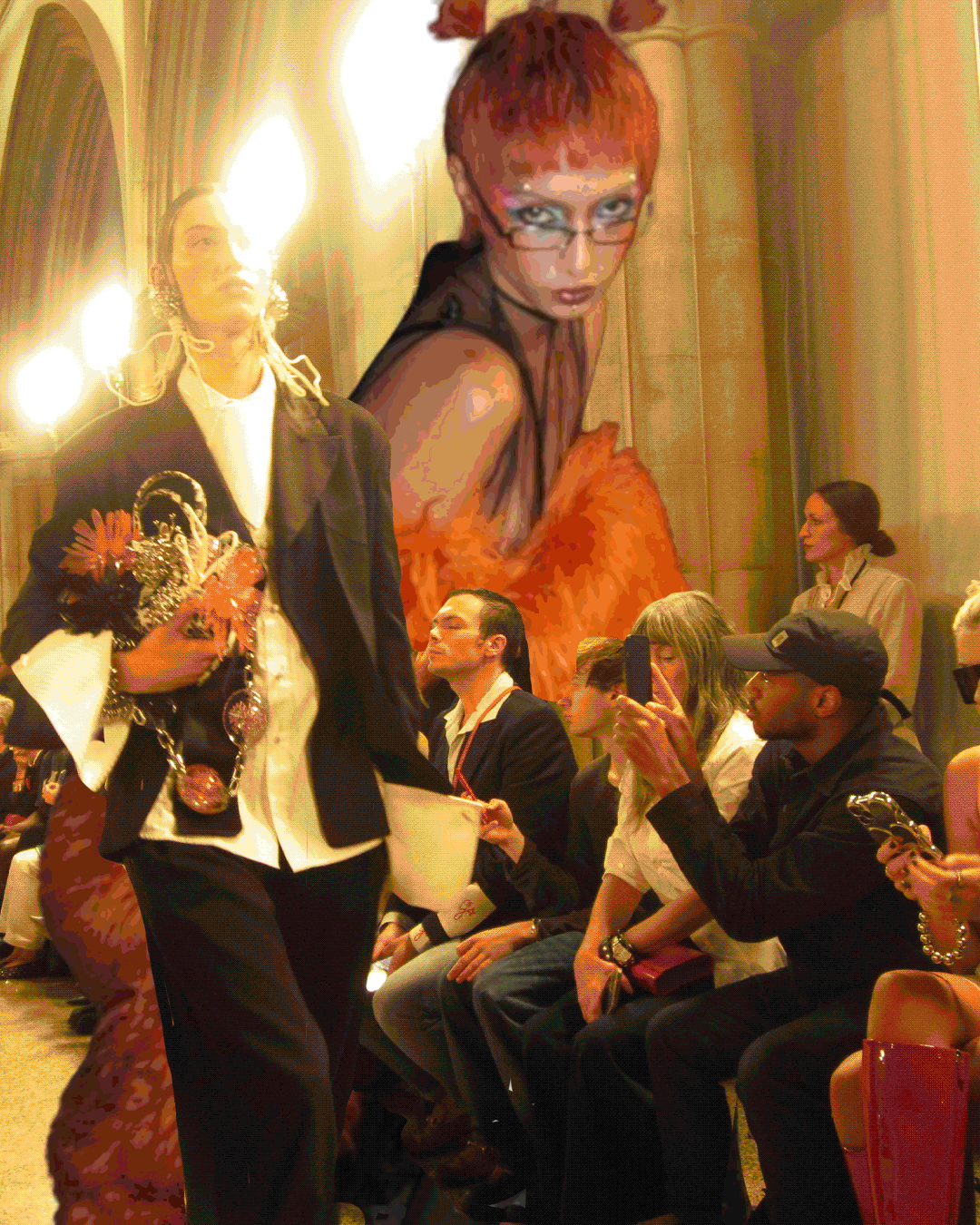Zaitsev Incites a Revolution in Soviet Fashion
- Share via
NEW YORK — It wasn’t exactly the revolution of 1917, but the general feeling was that the Soviet Union was about to reject the old order and bring in a new regime--in fashion terms, that is.
Viyacheslav Zaitsev, who is Raisa Gorbachev’s favorite designer, was introducing his collection of day and evening wear for the first time in the United States to a group of American press and buyers gathered at the Waldorf-Astoria. Described as a “historic agreement between this country and the Soviet Union” in the Russian designer’s press material, Zaitsev’s spring, 1988, line (he also showed pieces from his current fall line) will be manufactured from his original patterns by the Tanner Co. in Rutherfordton, N. C., with predominantly American fabrics, though the pieces shown here Tuesday night were made at Dom Modi, Zaitsev’s house of fashion in Moscow.
His debut in the United States is made possible by a licensing agreement between the Soviet Ministry of Licensing and Intertorg Inc., an American trading company. Though nobody stated it directly, Zaitsev seemed to be committed to single-handedly putting to rest the peasant-as-fashion-heroine image of Russia, recently abetted by the Wendy’s hamburger commercials that were spoofs of Soviet style.
He chose the chichi Starlight Room of the Waldorf for his premiere event. He hired top New York models to wear his designs. And the show’s credits included some of the biggest names in runway fashion, including Michael Arceneaux, who directed; hair stylist Christiaan and music man Barry Lederer.
Western Accessories
The clothes were accessorized by New York and Western European talents, including Makins Hats, Walter Steiger shoes, and jewelry by Kenneth Jay Lane, Robert Lee Morris, Wendy Gell and Isaac Manevitz for Ben Amun, among others.
The show began with a group of wool coats in hard-edged silhouettes with varying asymmetric hemlines and architectural details that indicated Zaitsev’s designs have roots in Russian Constructivism. His fondness of asymmetric hems and elaborate detailing were also evident in his dresses for day and evening, which generally came in full-cut silhouettes rather than the more body-conscious look that prevails in the West right now.
He often eliminated the waistline all together, though the few designs that follow a woman’s contours were some of the most successful. Unfortunately, his shortest hemlines for daytime wear hit about three inches below the knee, which puts him out of sync on the international fashion scene with its current craze for short.
Though Zaitsev included a lot of black in his collection, his clothes are anything but somber, with groups in blue-green, royal purple, peacock blue and, of course, red. There were also a group of striped dresses in red/white, black/white, and red/black combinations. He also did evening looks in rich paisley prints, brightly colored silk satins, and a black-and-brown velvet group accented with gold appliques that would have tempted the Romanoff princesses.
Adventure, Daring
What was most exciting about the collection was the exuberance of the execution. The collection had dated aspects with design elements picked from the ‘20s to the present. The clothes were far more adventurous and daring than the audience expected from a Russian designer making his first foray into international fashion. And the designer’s final bow complete with leaping and grinning was so fresh and fun that it won the audience.
The comments of Bernie Ozer of Associated Merchandising Corp., one of the largest buying houses in the United States (contracted to buy for stores) seemed to reflect the general mood of the audience after the show: “Zaitsev is obviously an exciting personality and talent, with a good feeling for women and the female figure. While many of his things are reminiscent of 1950s’ leading ladies of the movies, he’s a little out of sync for today.”
More to Read
Sign up for Essential California
The most important California stories and recommendations in your inbox every morning.
You may occasionally receive promotional content from the Los Angeles Times.










